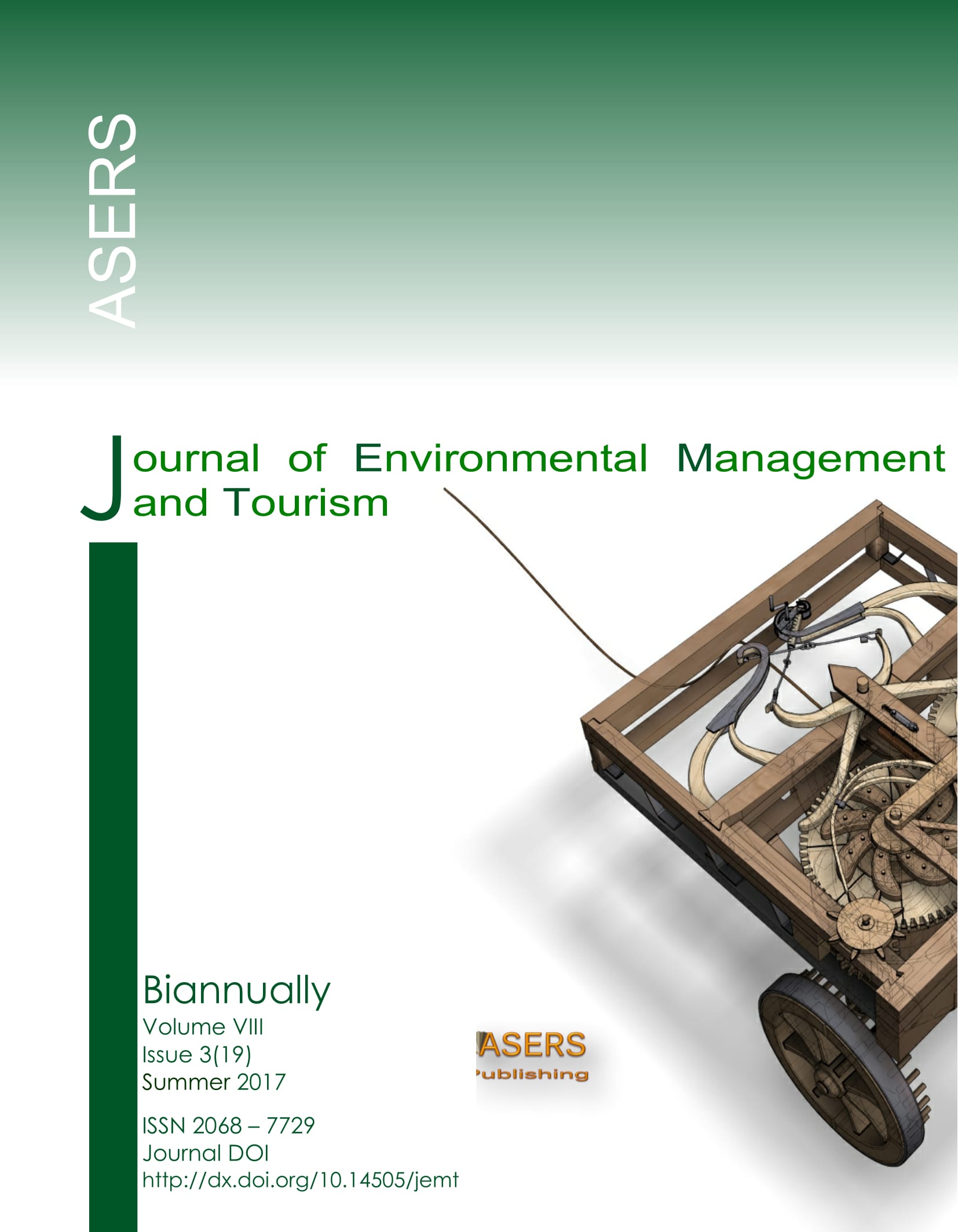Empirical Study of Natural Adsorbents Efficiency in Animal Husbandry under Anthropogenic Heavy Metal Pollution
Empirical Study of Natural Adsorbents Efficiency in Animal Husbandry under Anthropogenic Heavy Metal Pollution
Author(s): Marina G. KOKAEVA, Sergey I. Kononenko, Eduard V. BeslaneevSubject(s): Economy, Business Economy / Management, Energy and Environmental Studies
Published by: ASERS Publishing
Keywords: animal husbandry; anthropogenic pollution; heavy metals; natural adsorbents; detoxification
Summary/Abstract: Increasing the quality of food products through the prudent use of natural adsorbents is becoming a topical problem in agriculture in conditions of anthropogenic heavy metal contamination. The purpose of the study is to work out a method for detoxifying heavy metals by using natural adsorbents such as local zeolite and vitamin C as an example of the implementation of standards and requirements for environmental food safety in animal husbandry in the territories with high anthropogenic pollution. Using the analogue method three groups of cows were formed with account of origin, age, body weight and lactation performance. To determine the heavy metal concentration, the spectrophotometric method was applied. It was experimentally established that in order to enhance the quality of dairy products in the territory with the man-made contamination, it is advisable to supplement the diets of lactating cows with zeolite and vitamin C (the recommended doses are 3% and 0.04% of the dry matter norm respectively). Due to the combined use of these natural adsorbents, zinc concentration in the cows’ blood decreased 2.04 times, lead – 2.53 times and cadmium – 3.65 times. The cow milk increased in mass fraction of fat by 0.22% and protein – by 0.20%; at the same time zinc concentration lowered 3.47 times, lead – 2.76 times and cadmium – 3.09 times. At that, the content of these toxicants in dairy products was lower than the maximum allowable concentration (MAC).
Journal: Journal of Environmental Management and Tourism (JEMT)
- Issue Year: VIII/2017
- Issue No: 03 (19)
- Page Range: 583-589
- Page Count: 7
- Language: English
- Content File-PDF

